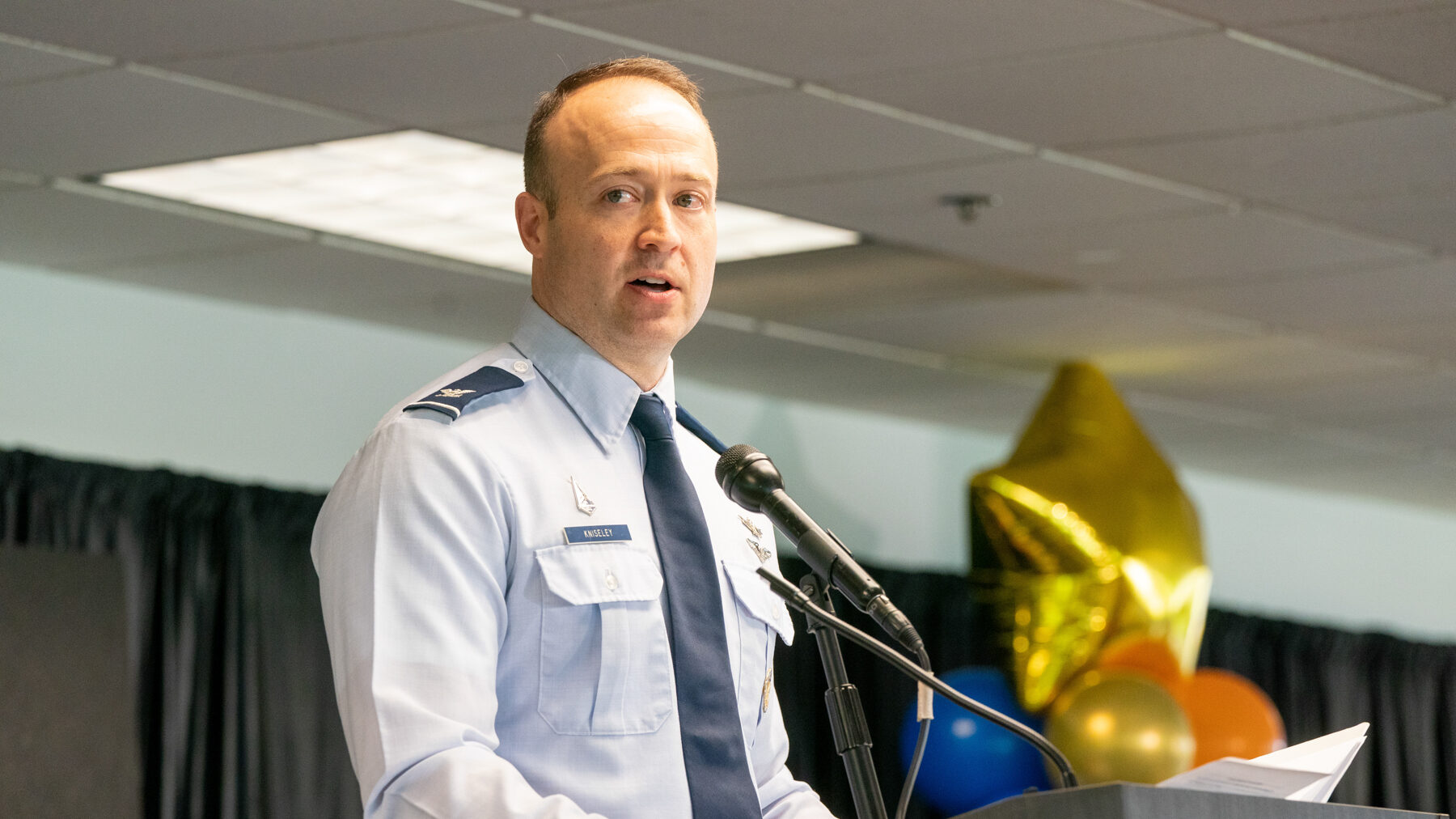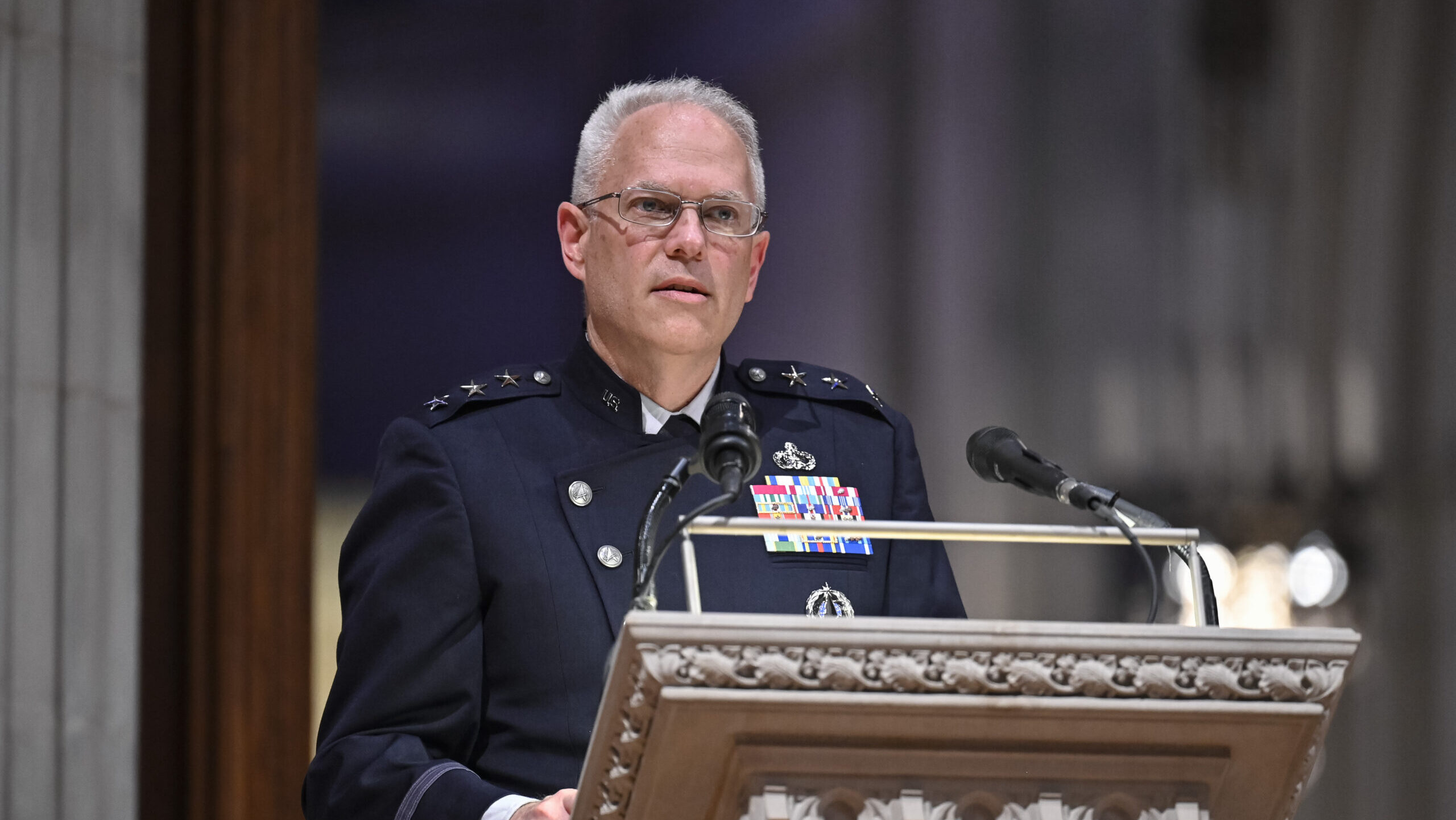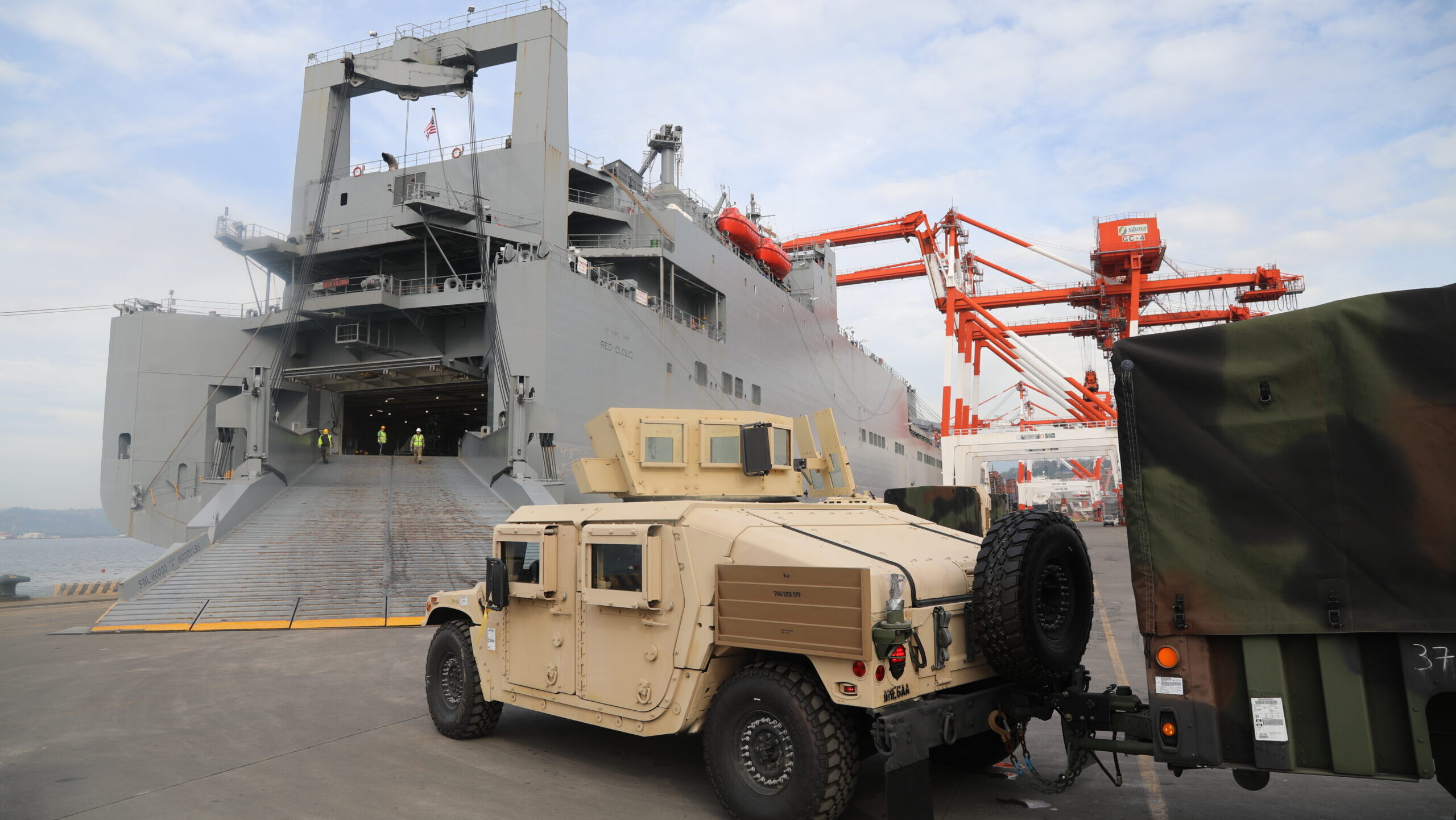Beyond ‘branding’: AUKUS nations look to outside partners for Pillar II tech
“The reality is, we’re already doing AUKUS Pillar II stuff with many of our allies and partners,” Vice Adm. Rob Gaucher, the US Navy’s top submariner, said.


U.S. Navy, Royal Navy and Royal Australian Navy personnel pose for a picture with Mission Specialist Defender Mark IV remotely-operated vehicles (ROV) and an IVER4 900 autonomous-underwater vehicle aboard the Norwegian-flagged seabed construction vessel MV Island Pride during the Australia, United Kingdom and U.S. (AUKUS) Pillar II Subsea and Seabed Warfare Event Two/Integrated Battle Problem 25.1. (US Navy/Justin E. Yarborough)
WASHINGTON — With open questions about what countries could join the AUKUS Pillar II technology development effort, a top US admiral this week had a message: No one should get too worked up about the branding.
“The reality is, we’re already doing AUKUS Pillar II stuff with many of our allies and partners,” Vice Adm. Rob Gaucher, the US Navy’s top submariner, said. “We can bend it under AUKUS Pillar II, but we have bilateral and multilateral agreements — just like the UK does, and just like Australia does — with many of our partner nations. And we’re doing these things all the time.”
AUKUS is divided into two layers. Pillar I is the US-UK-Australian core agreement focused on nuclear-powered submarines. Pillar II is a broader technology development agreement, focused in areas like autonomy, hypersonics, cyber, electronic warfare and underwater systems — developments viewed as more open to collaboration from other nations than the sub deal. Japan is furthest along in that process, though there have been conversations involving New Zealand, South Korea and Canada at various levels.
Gaucher, speaking at an AUKUS panel during the Sea Air Space conference, said that he talked this week with Canada’s top naval officer, Adm. Angus Topshee, as well as Norway’s top naval officer, about developments that align with the Pillar II technologies. But, he said, that doesn’t have to be under a formal “AUKUS” framework.
“Unmanned [is] a great example,” Gaucher said. “We’re going to run a multinational UUV exercise in Portugal this summer. We helped the Portuguese operate their submarine under ice this year for the first time. And we’re talking to Canada about how they can do similar things.
“So I mean, all of these, these Pillar II-like things, I think are already in existence. We just haven’t necessarily formalized them into their own office, [with a] Pillar II title, or added them to the charter, that sort of thing. At least, that’s how I see it.”
Vice Adm. Sir Martin Connell, the British Second Sea Lord, jumped in to say “I completely agree” with that thinking on the “branding” of AUKUS.
“Under Pillar II there is opportunity, clearly. As Adm. Gaucher said, we are already — if you’re looking at critical undersea infrastructure, it’s a shared concern, and we’re already collaborating,” Connell said. “And then we take those findings and bring them into the AUKUS space.”
Michael Horowitz, a former defense official who was involved in AUKUS efforts during the Biden administration, told Breaking Defense he wasn’t surprised to hear such comments.
“The goal of AUKUS Pillar II is to foster advanced defense capability cooperation between the partner nations so existing cooperation will be the right place to start in some cases,” he said.
“The key for Pillar II is how to turn experimentation and exercises surrounding emerging technologies into fielded capabilities — and that will take funding,” Horowitz, now with the University of Pennsylvania, added. “Emerging technologies related to artificial intelligence and autonomy have featured heavily in various forms of Pillar II experimentation and exercises over the last few years. Given the growing relevance of precise mass capabilities to the future of war, these are a logical area for the AUKUS partners to make the decision to scale.”











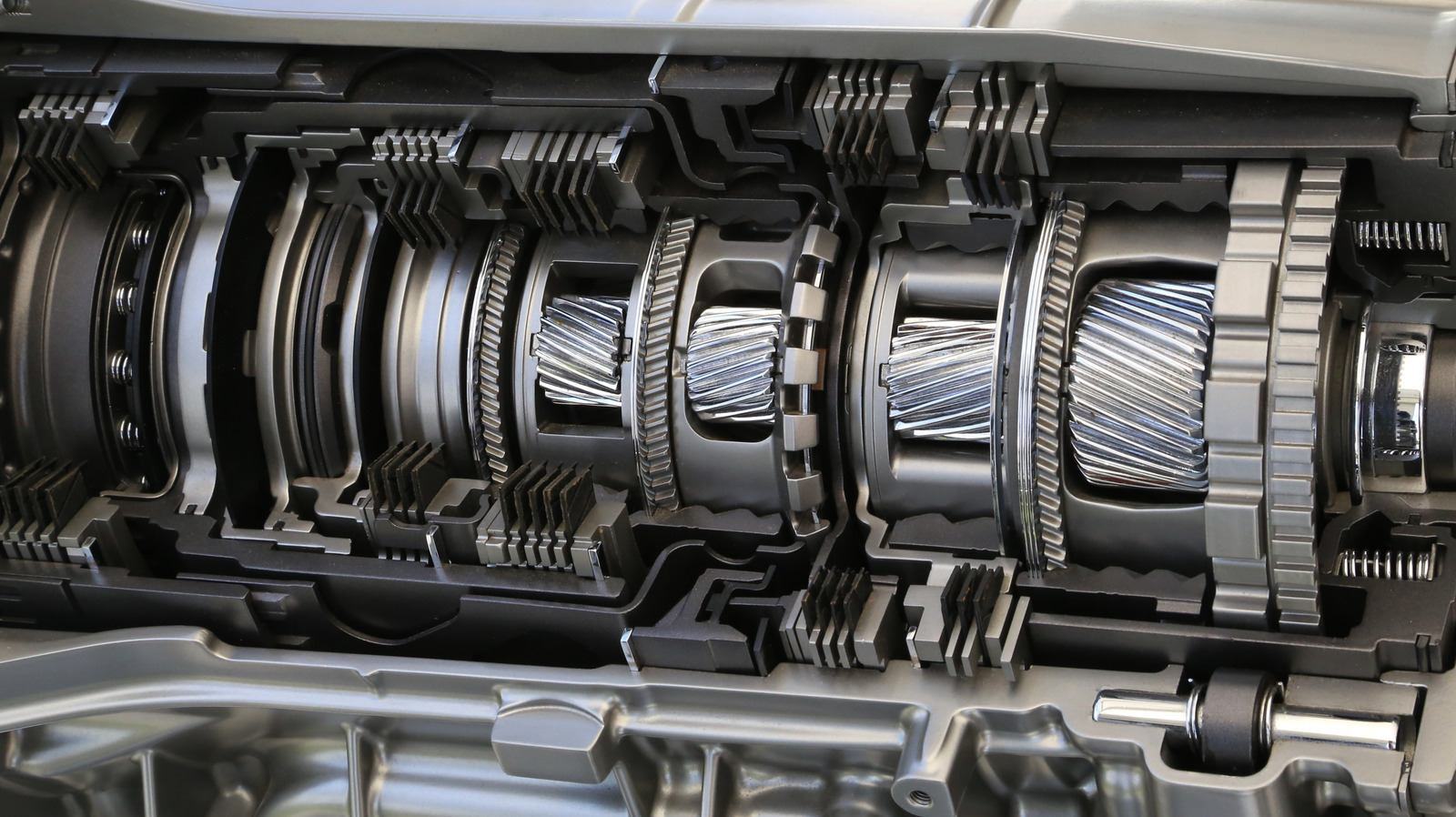

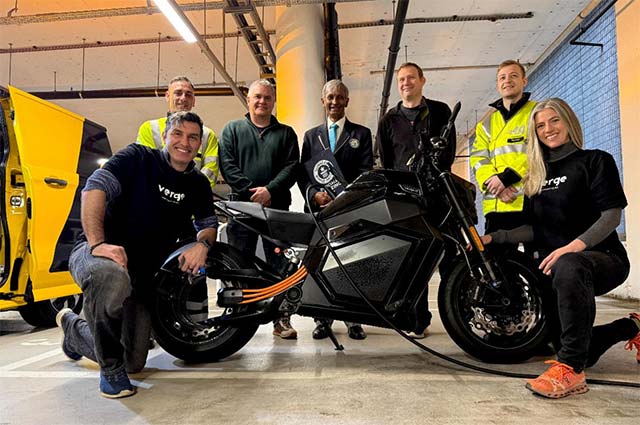















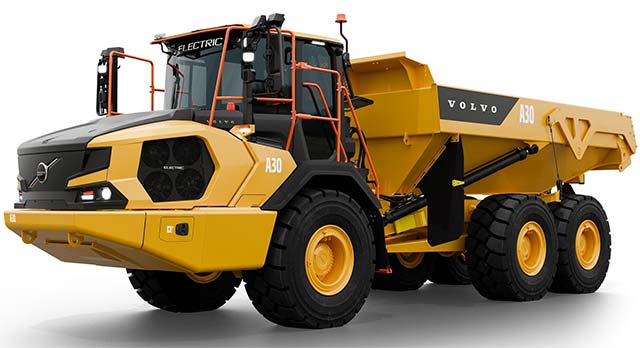


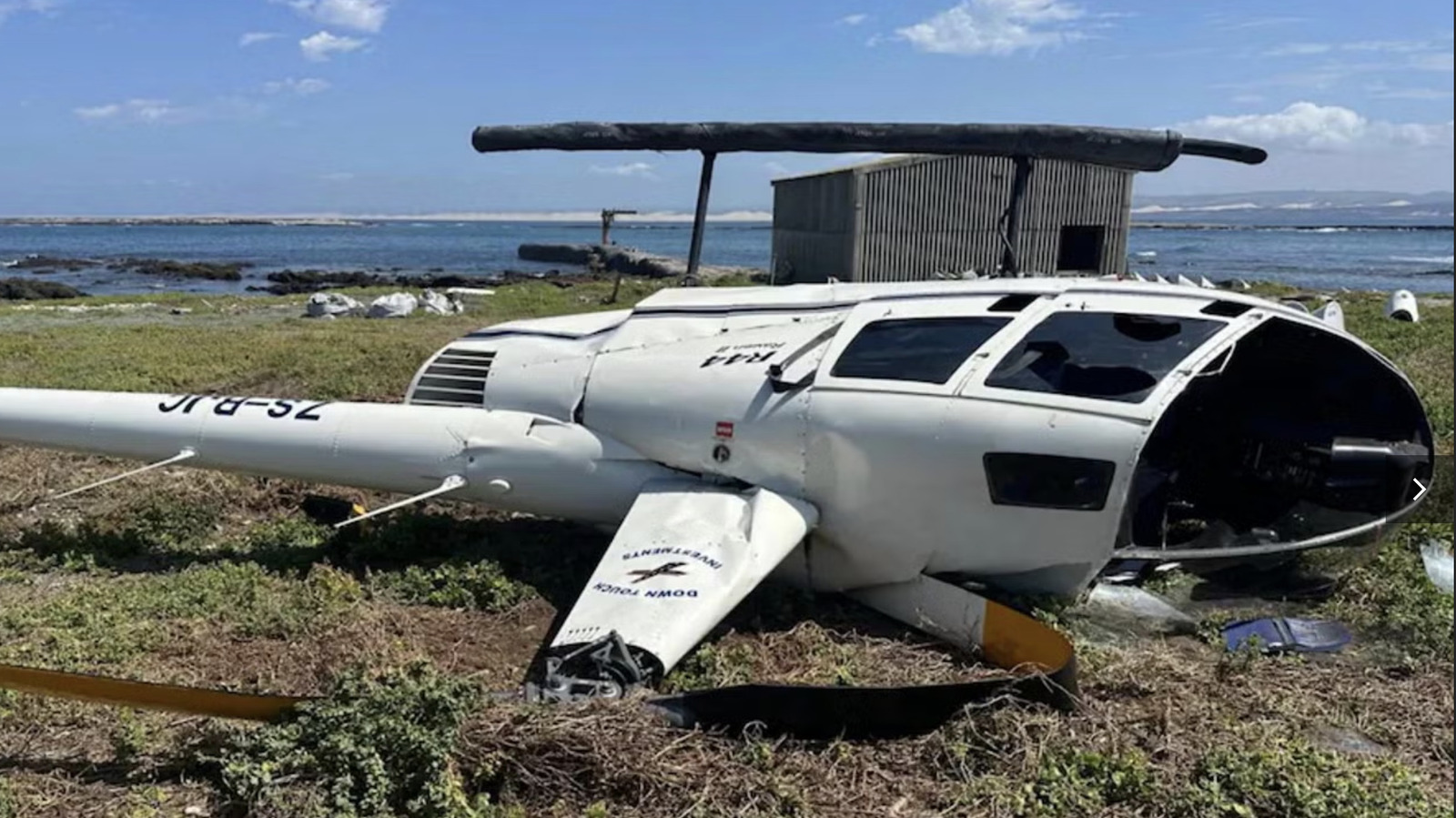
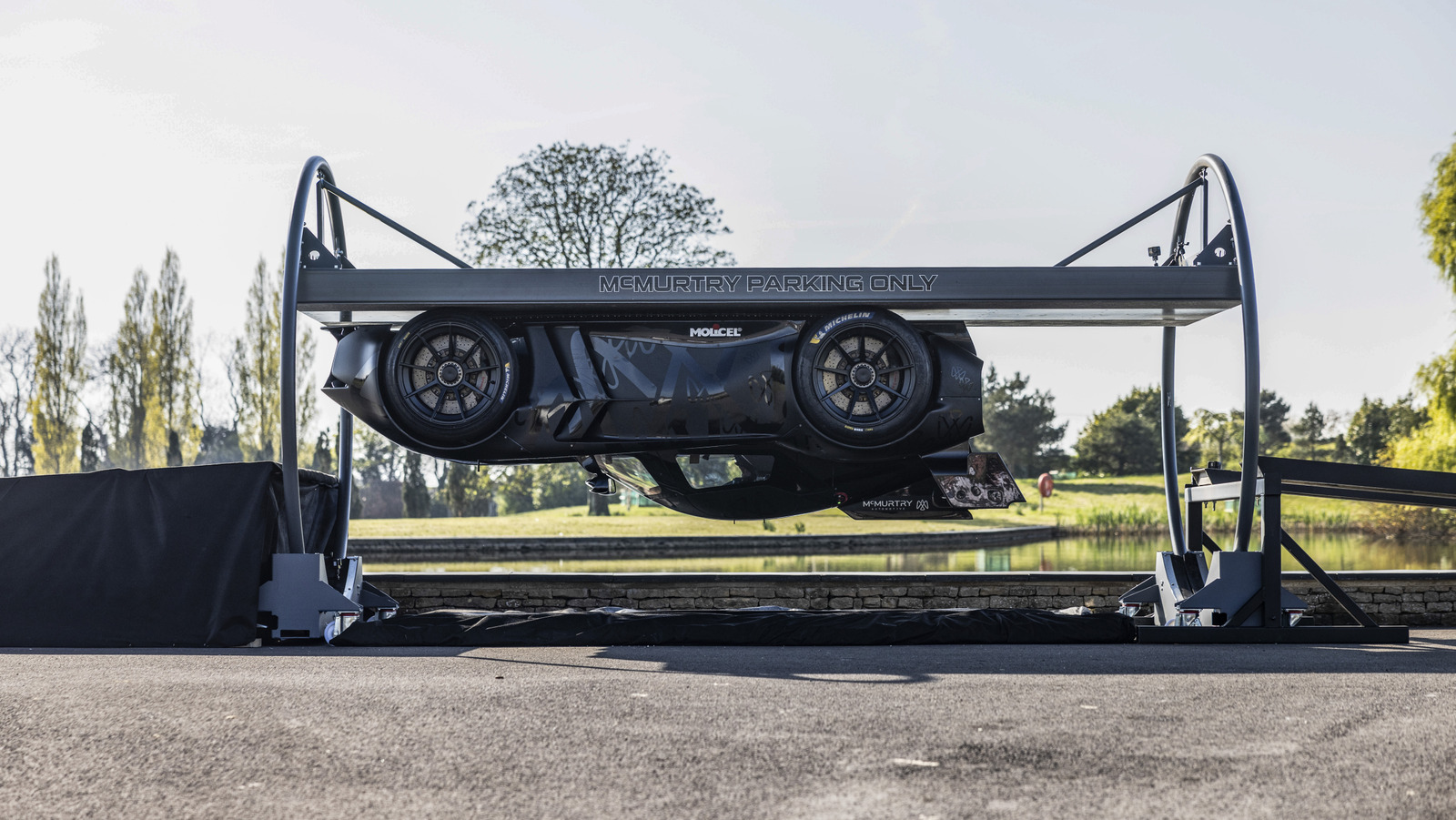
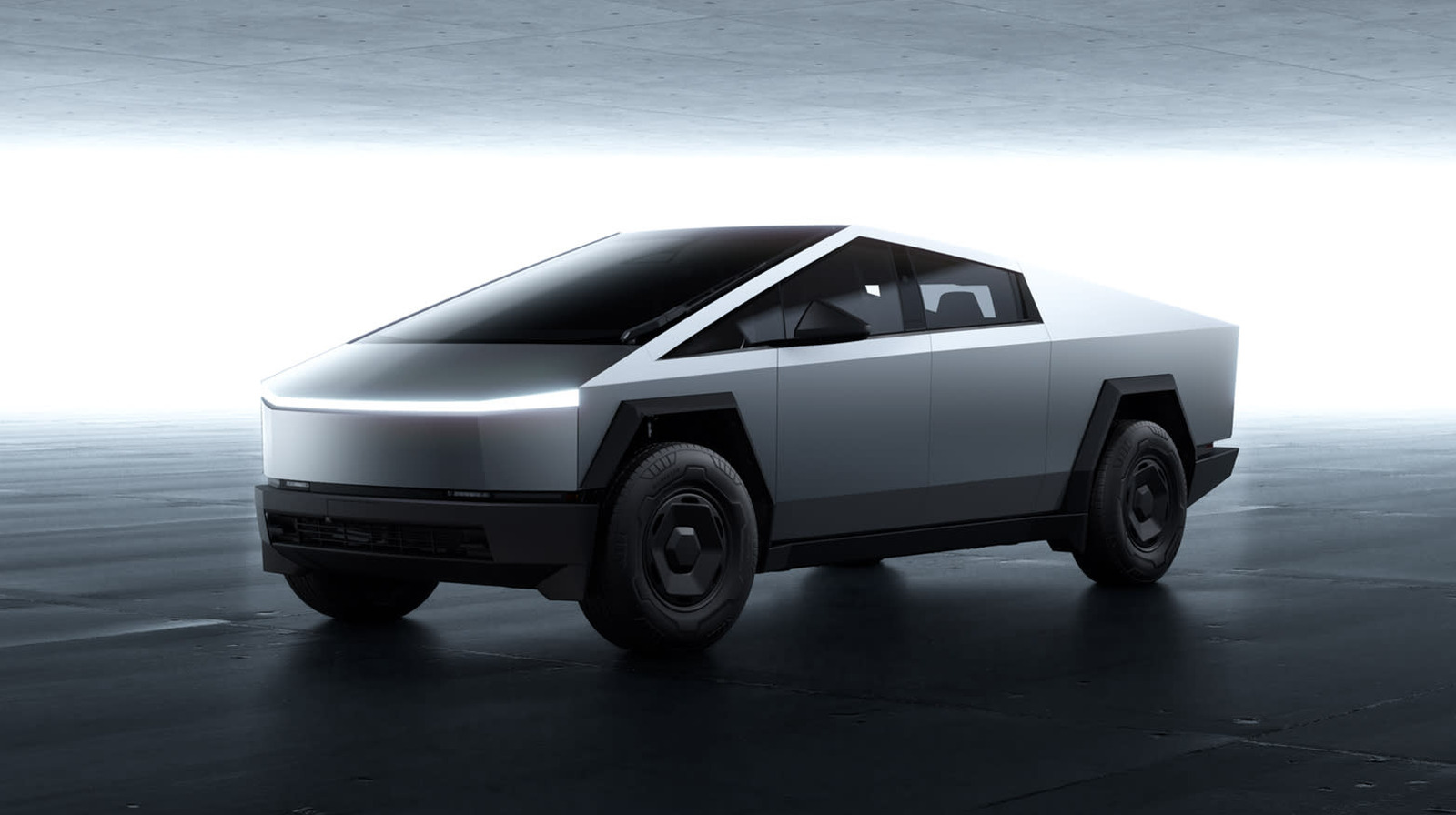








































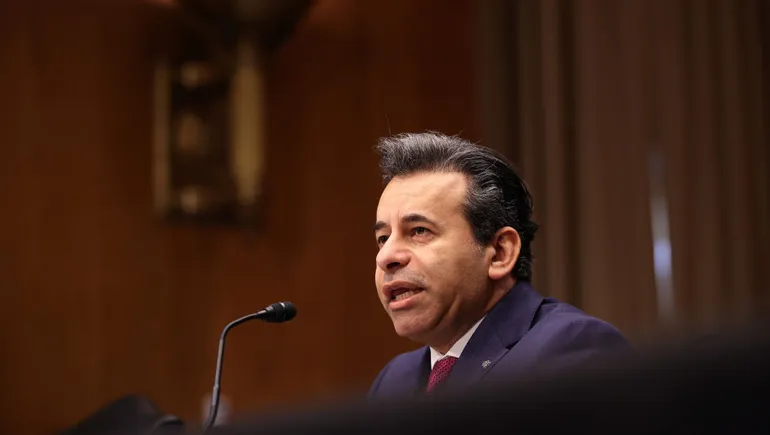

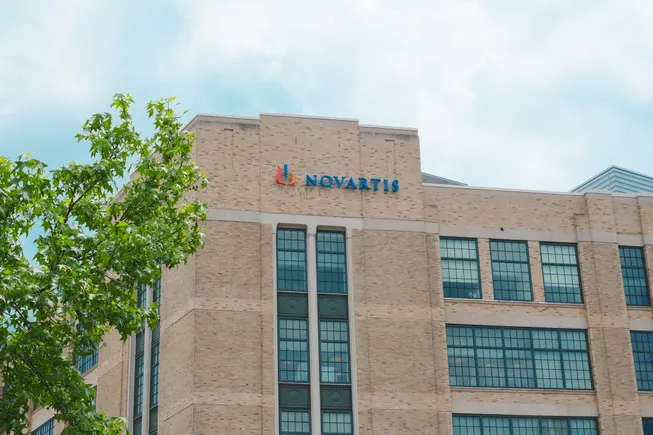














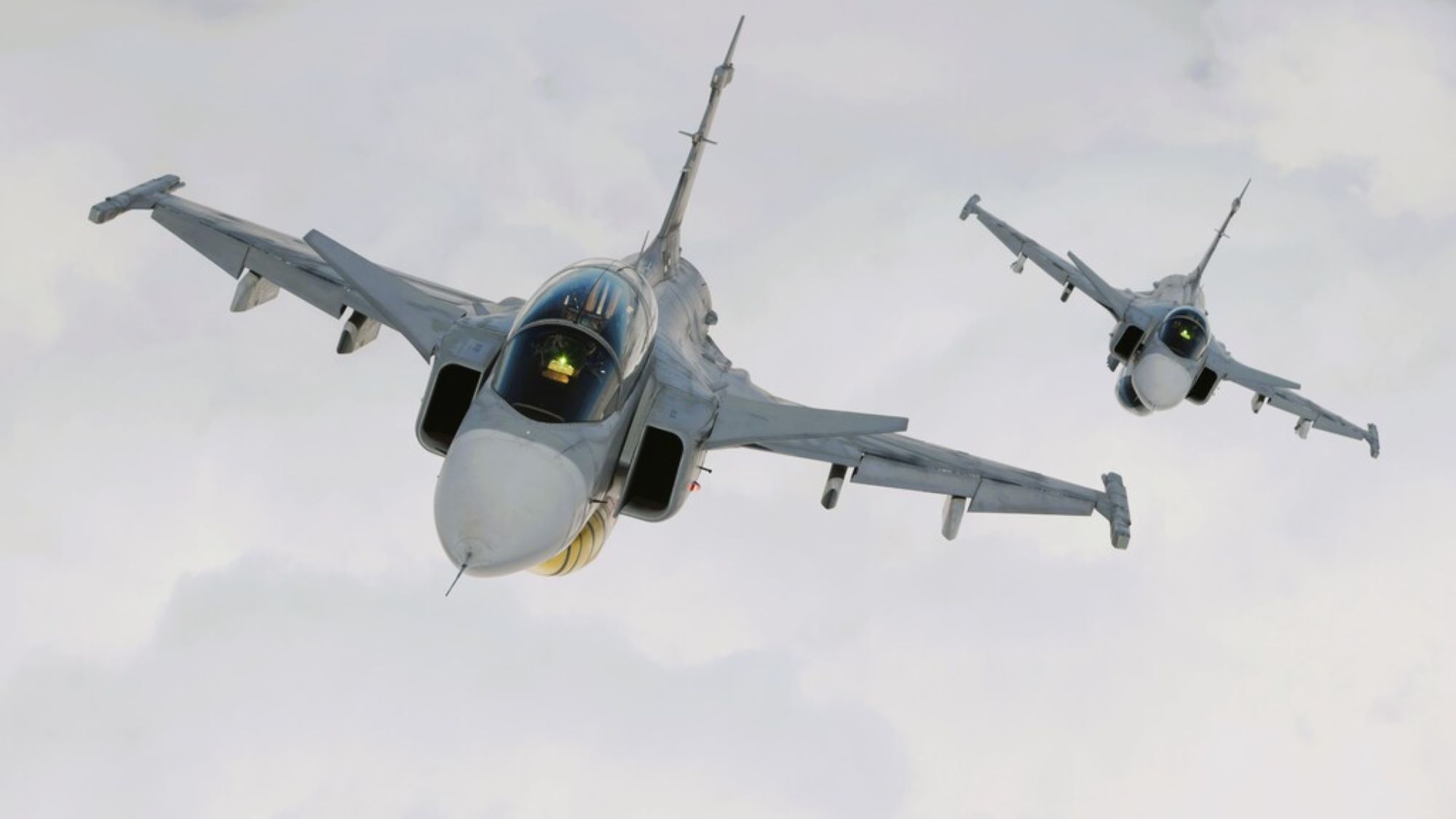



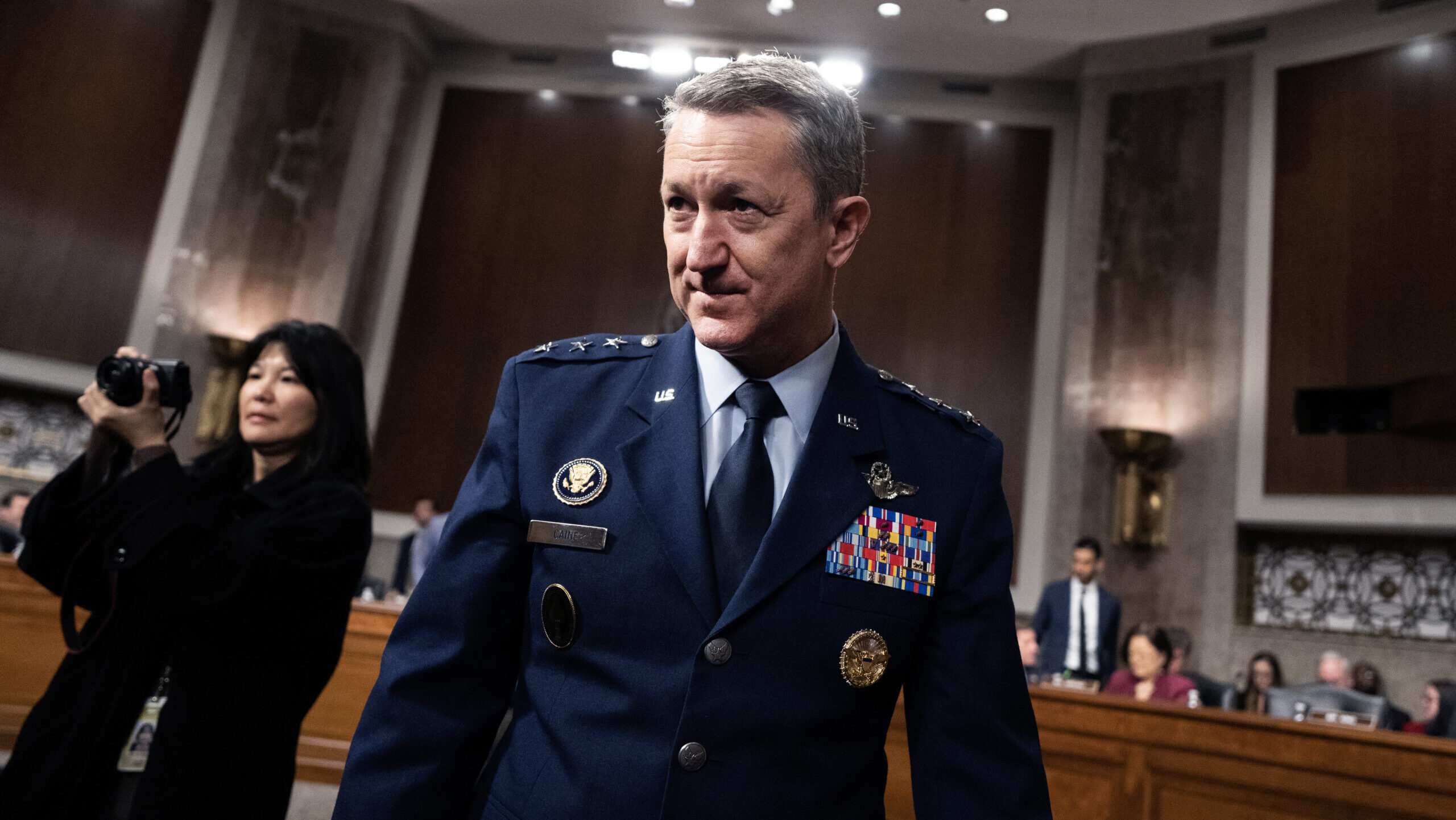
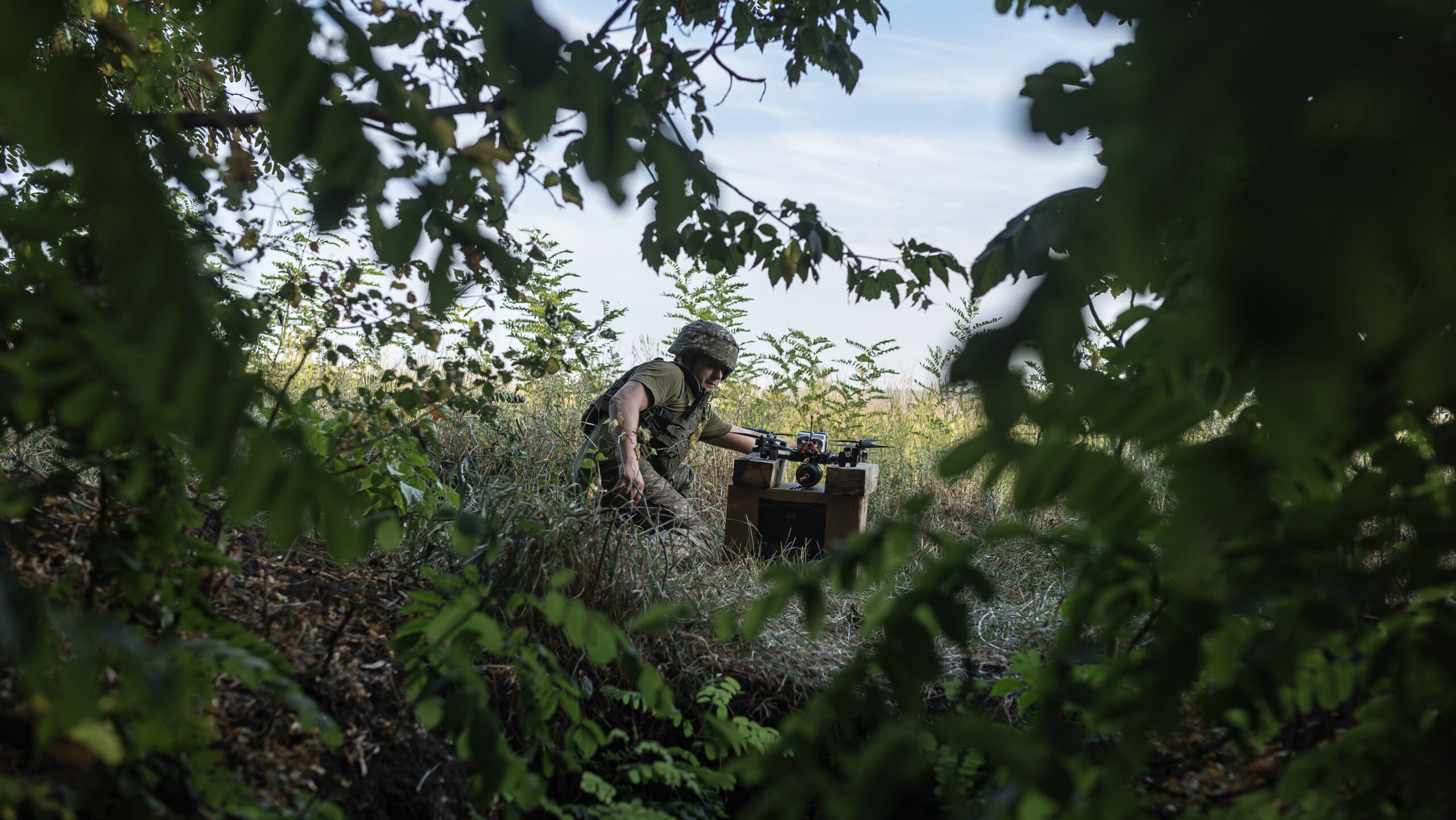
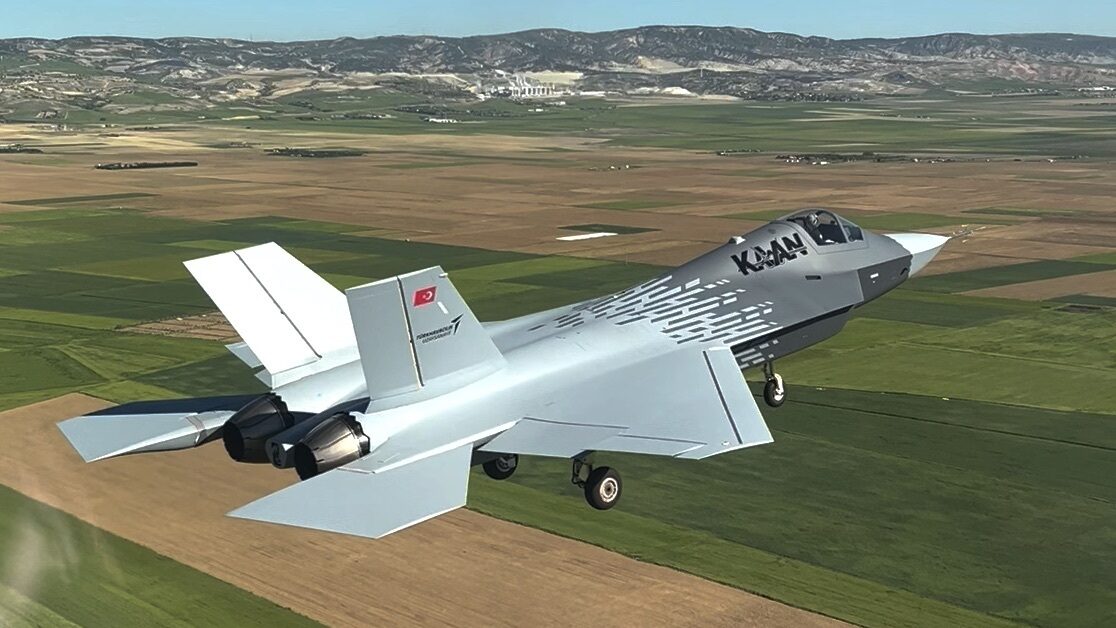
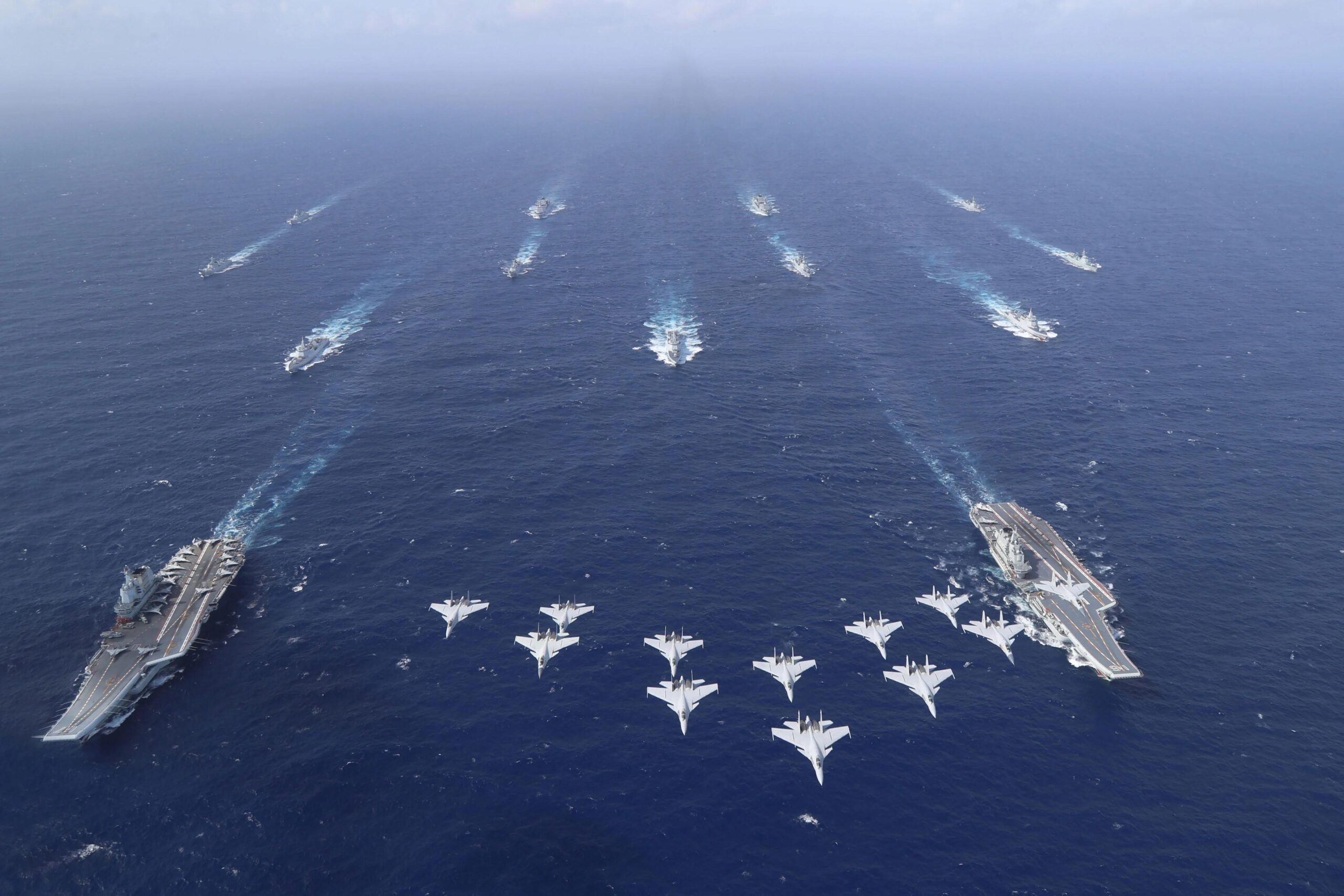









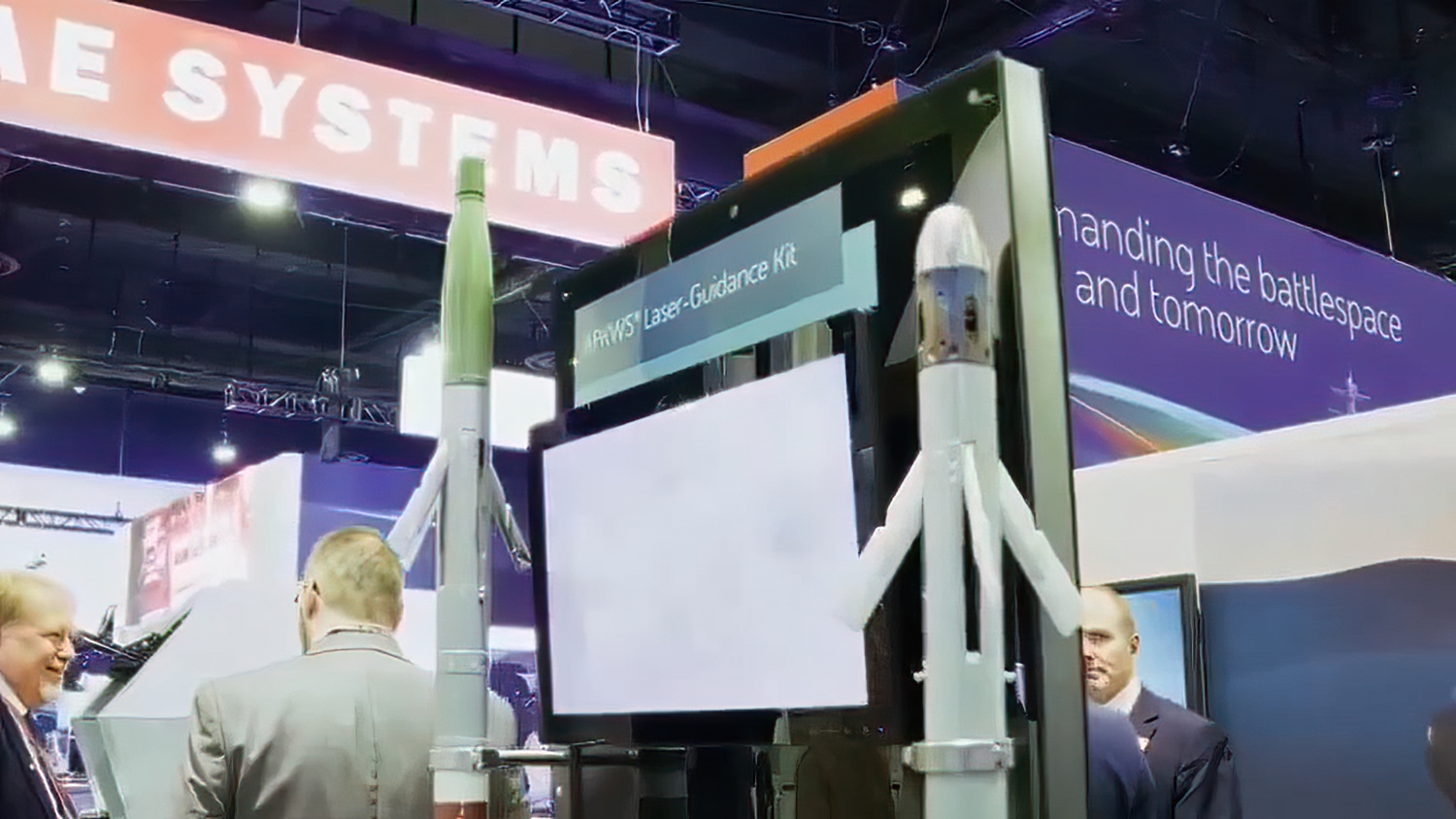
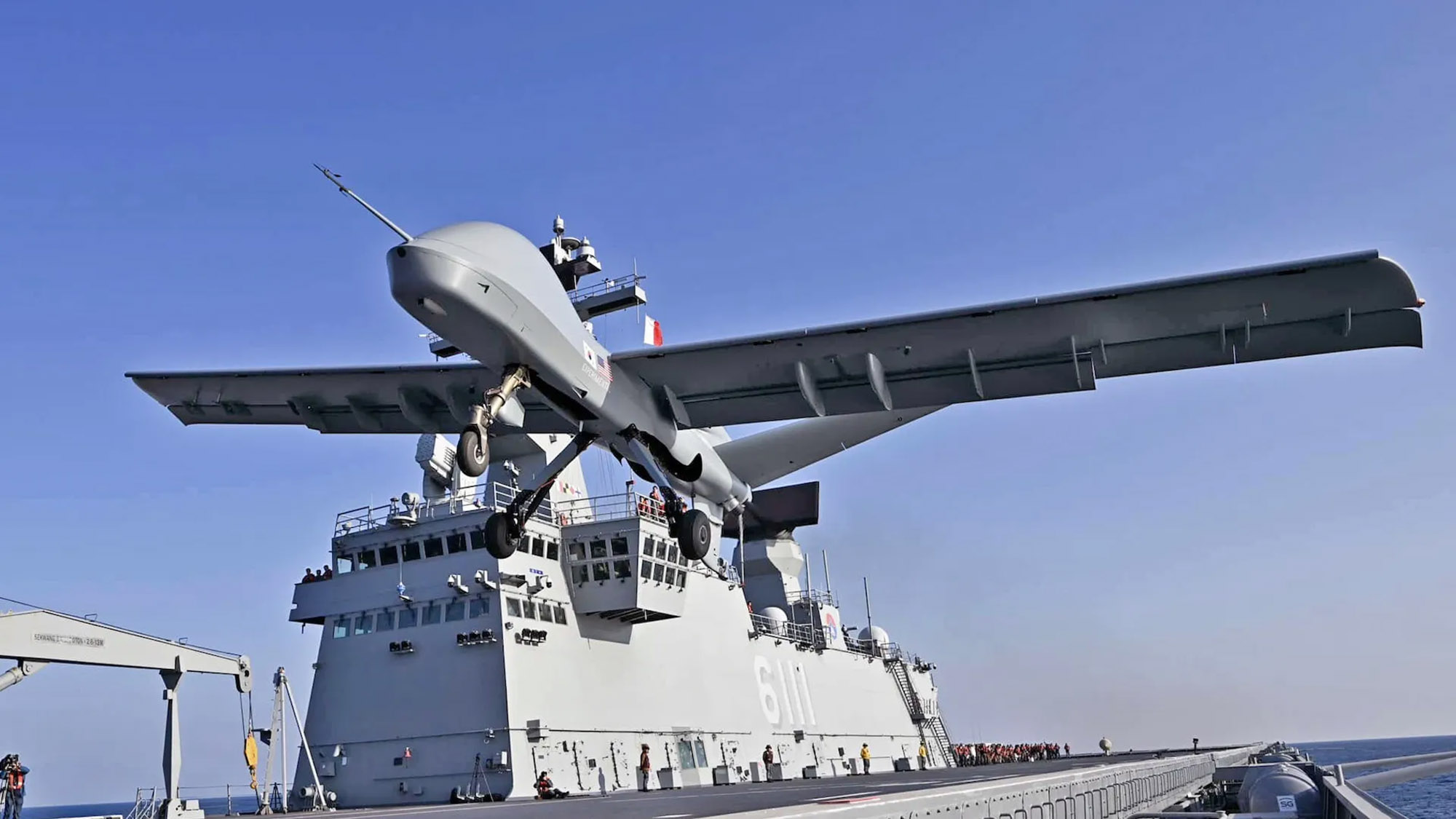







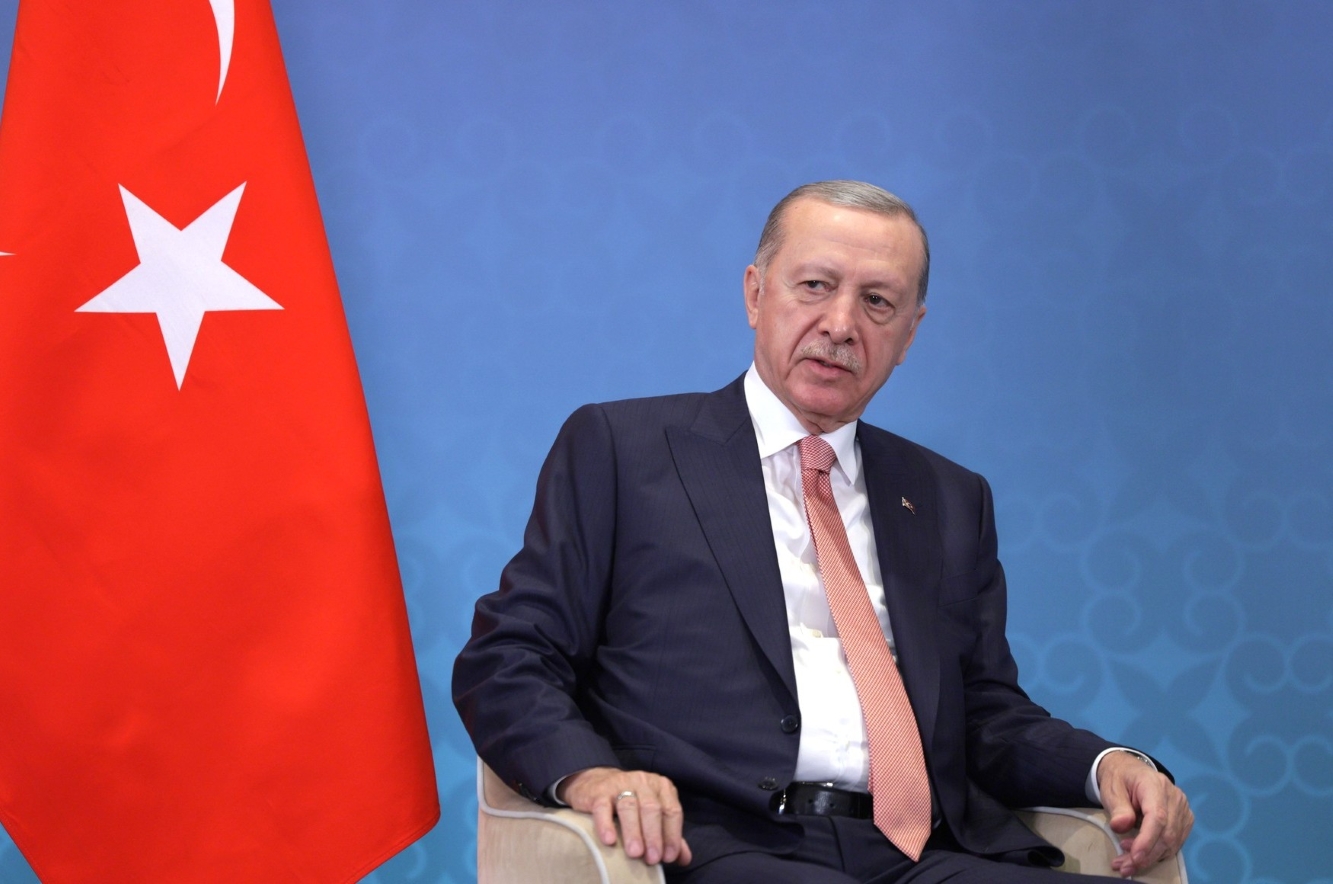



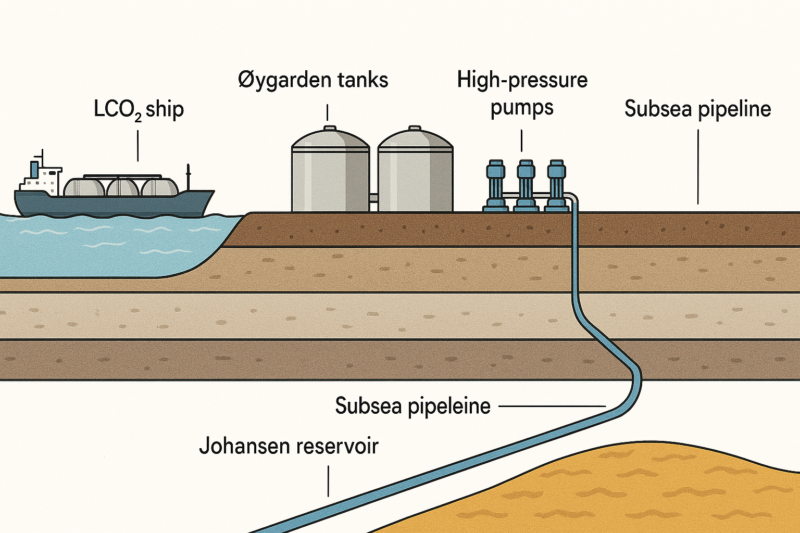







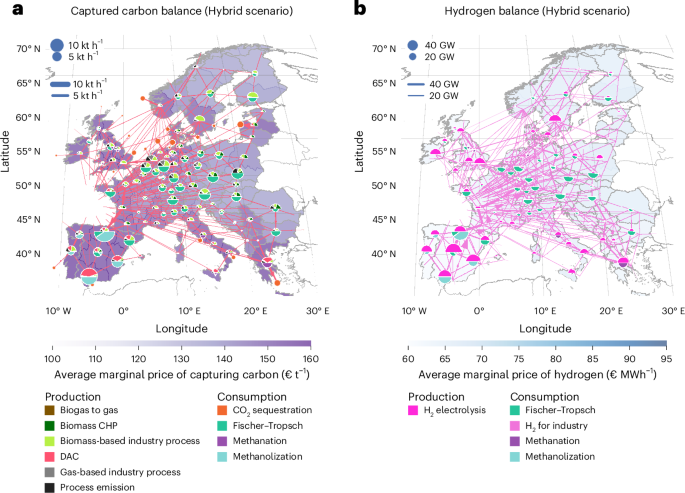
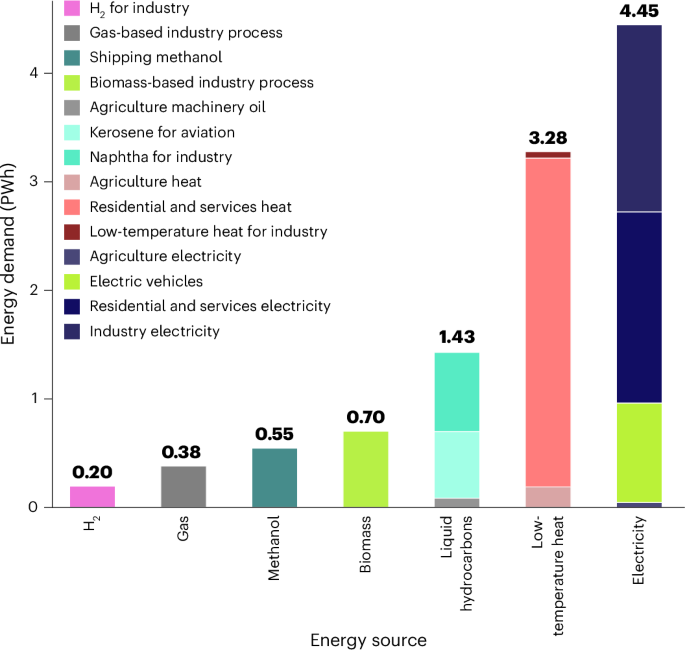
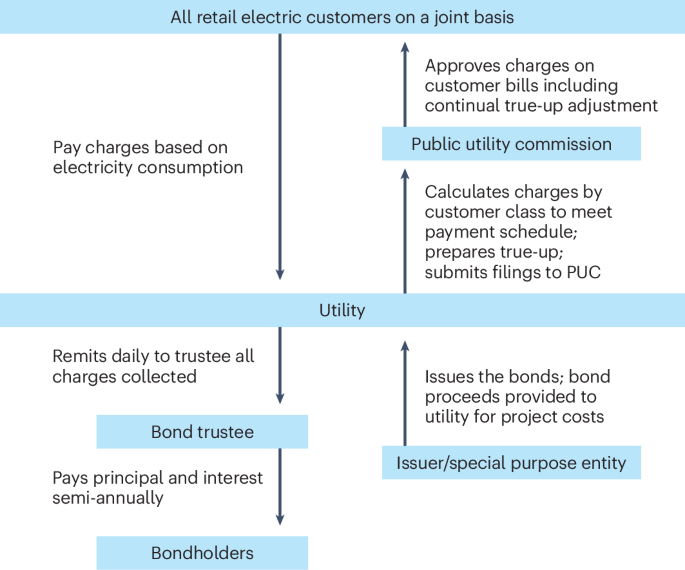
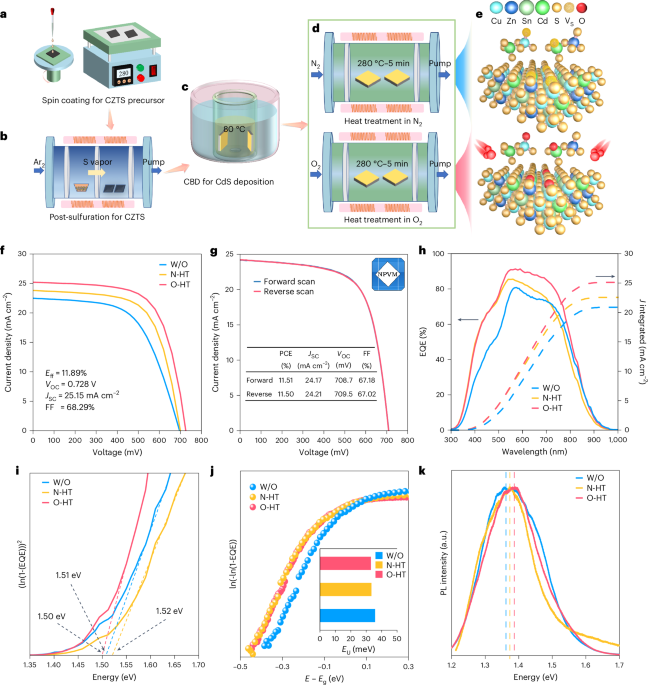












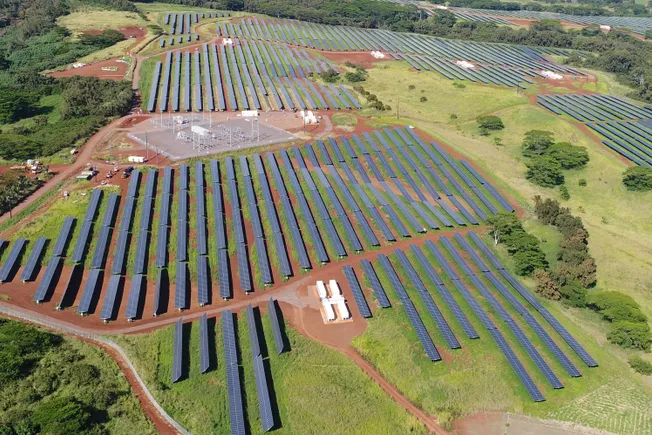


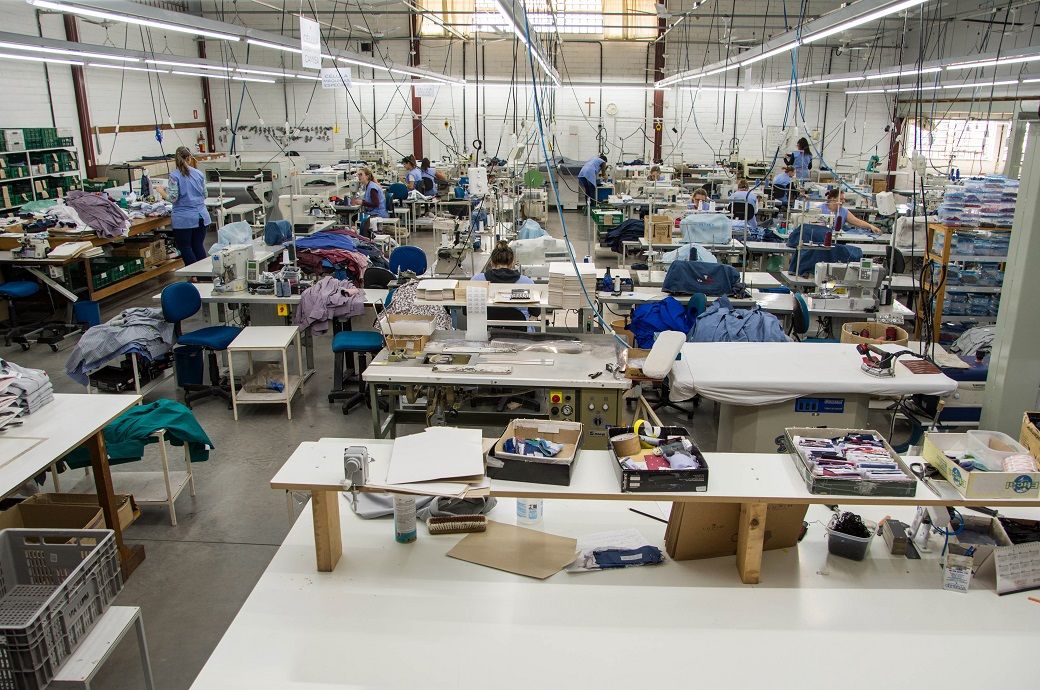







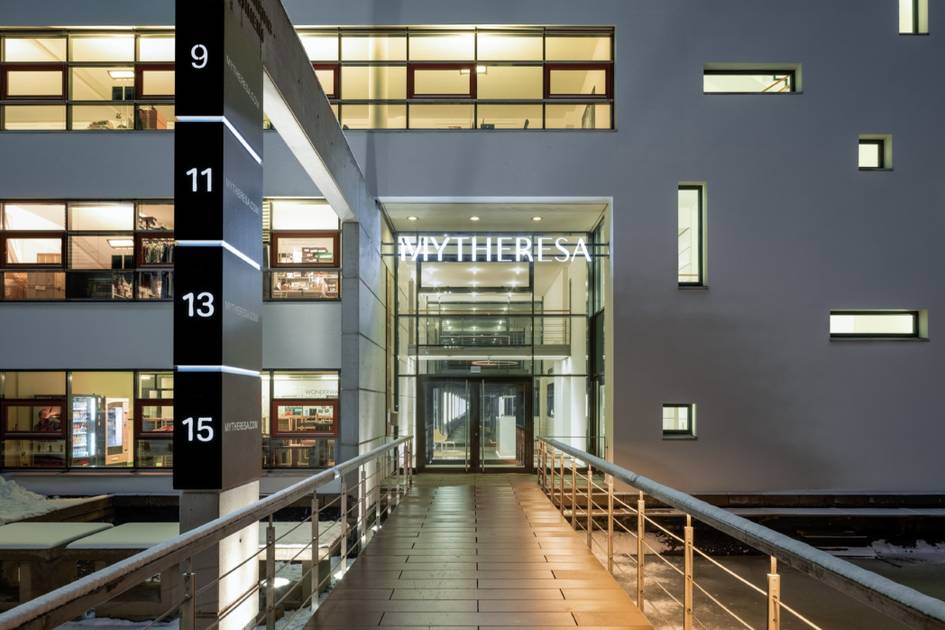











.png)


